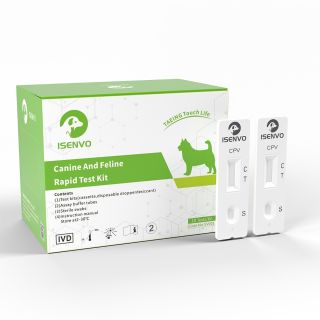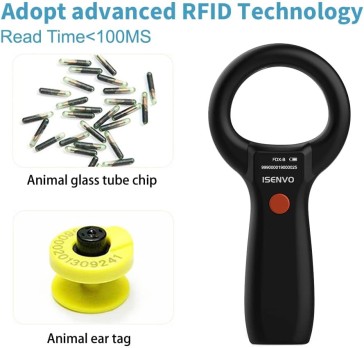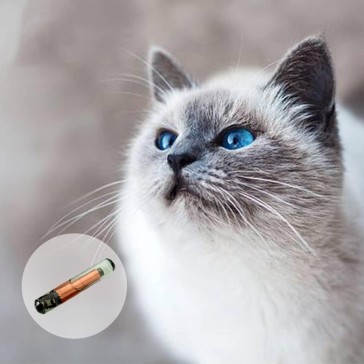Canine Parvovirus (CPV) is a highly contagious and often fatal virus, posing a significant threat to puppies. Without prompt treatment, the mortality rate can reach up to 90%. Therefore, early detection is a crucial step in safeguarding puppy health. The CPV Test Kit serves as a rapid and accurate diagnostic tool, enabling pet owners and veterinarians to take immediate action before the virus spreads, potentially saving a puppy’s life.
Why Is CPV Testing So Important?
1. Puppies Are High-Risk
Young dogs (especially those between 6 weeks and 6 months old) have underdeveloped immune systems, making them more susceptible to CPV. Even vaccinated puppies may contract the virus due to maternal antibody interference or inadequate immune response.
2. Symptoms Mimic Other Illnesses
Early CPV symptoms (such as vomiting, diarrhea, and loss of appetite) can resemble common gastrointestinal issues, leading to misdiagnosis. Rapid testing helps distinguish CPV from ordinary stomach problems, preventing delayed treatment.
3. The Virus Spreads Extremely Fast
CPV is transmitted through feces, vomit, and contaminated environments—it can survive on surfaces for months. Early diagnosis allows for isolating infected dogs, preventing further spread and protecting other pets.
Advantages of CPV Test Kits
Modern CPV test kits (such as ELISA or rapid immunochromatographic strips) offer the following benefits:
✅ Fast results (10-15 minutes)
✅ Easy to use (can be performed at home or in clinics)
✅ High accuracy (sensitivity exceeding 90%)
✅ Cost-effective (more affordable than lab testing)
How to Use a CPV Test Kit Correctly?
-
Collect a sample: Typically, fecal matter or a rectal swab is used.
-
Prepare the test: Follow the instructions to apply the sample or buffer solution to the test device.
-
Wait for results: Observe the test lines (C and T) after 10-15 minutes.
-
Two lines (C+T) = Positive (CPV infection detected)
-
Only C line = Negative (no virus detected)
-
No lines or only T line = Invalid (retest required)
-
What to Do If the Test Is Positive?
If the CPV test is positive, contact a veterinarian immediately! Treatment usually includes:
✔ IV fluids (to prevent dehydration)
✔ Antibiotics (to prevent secondary infections)
✔ Anti-nausea/anti-diarrheal medications (to manage symptoms)
✔ Nutritional support (such as parenteral nutrition)
Prevention Is Better Than Cure
While CPV testing aids early detection, prevention remains key:
Vaccinate on schedule (core vaccines include CPV-2)
Avoid contact with unvaccinated dogs (especially puppies)
Maintain a clean environment (use bleach-based disinfectants to kill the virus)
Conclusion
CPV testing is an essential tool in protecting puppy health, providing critical diagnostic information before the virus causes severe damage. Pet owners and veterinary clinics should keep CPV test kits on hand to act swiftly in emergencies and improve survival rates.
Your furry friend deserves the best protection!










Validate your login